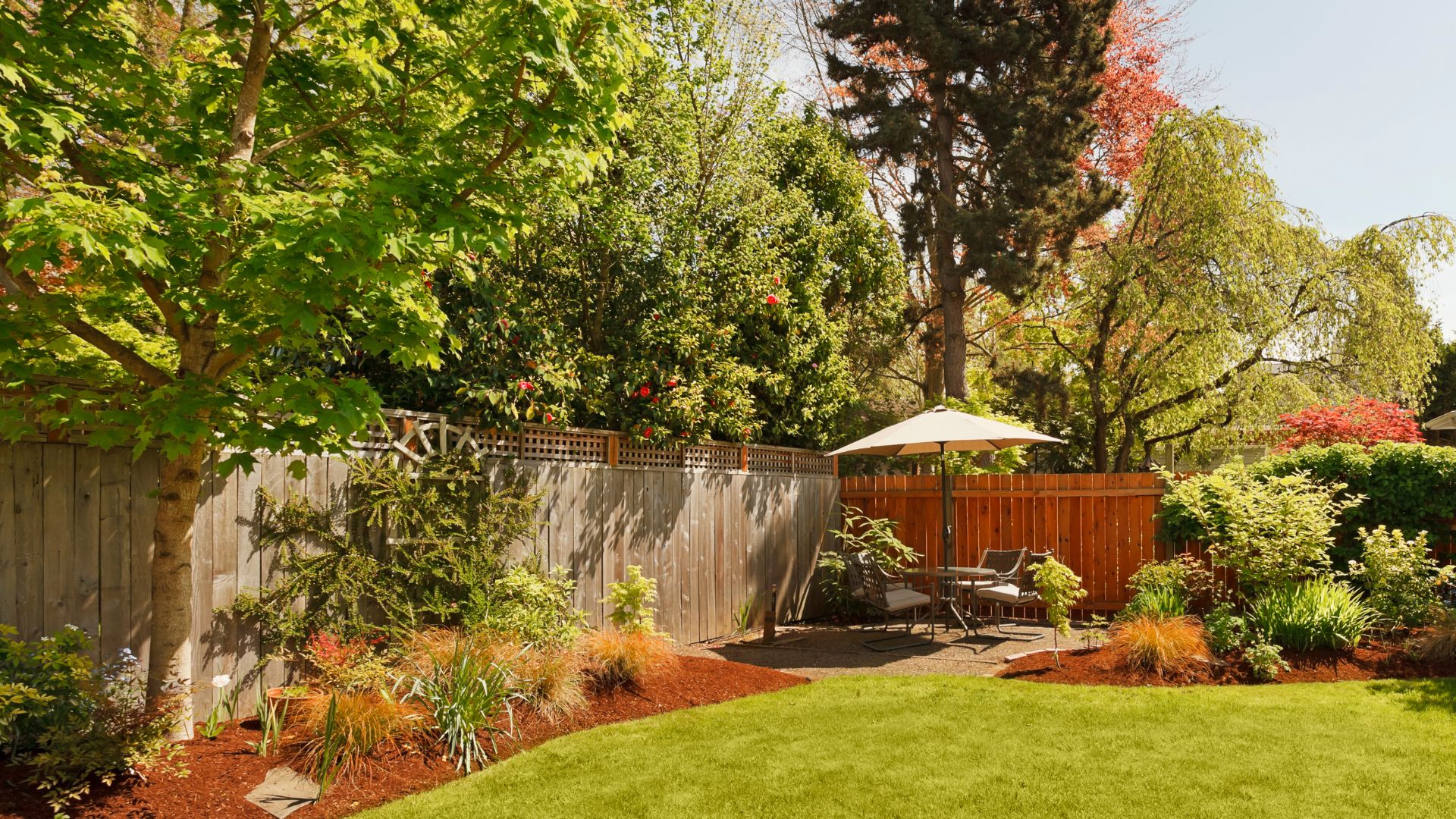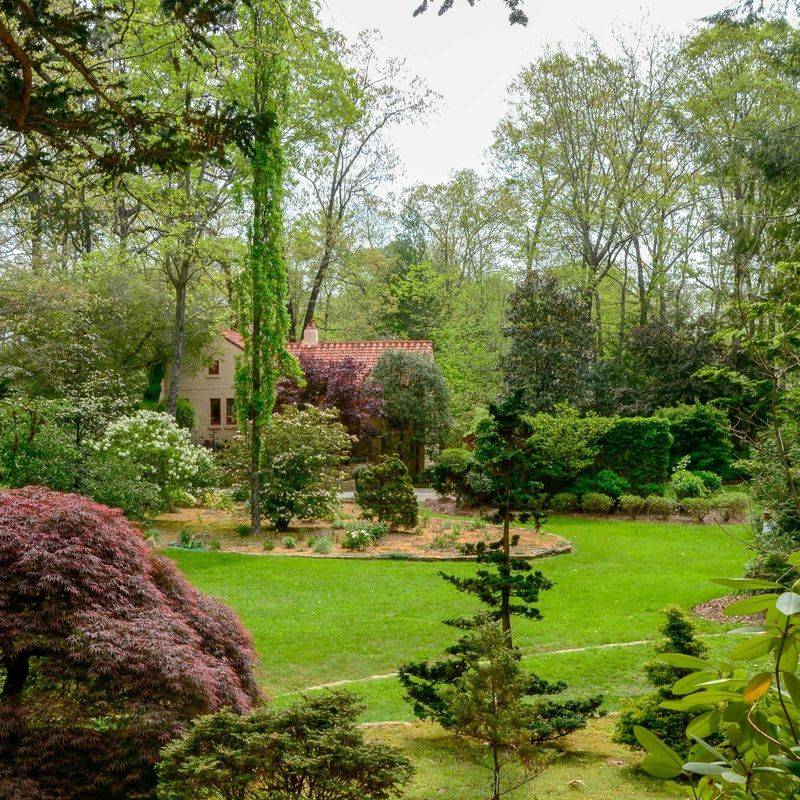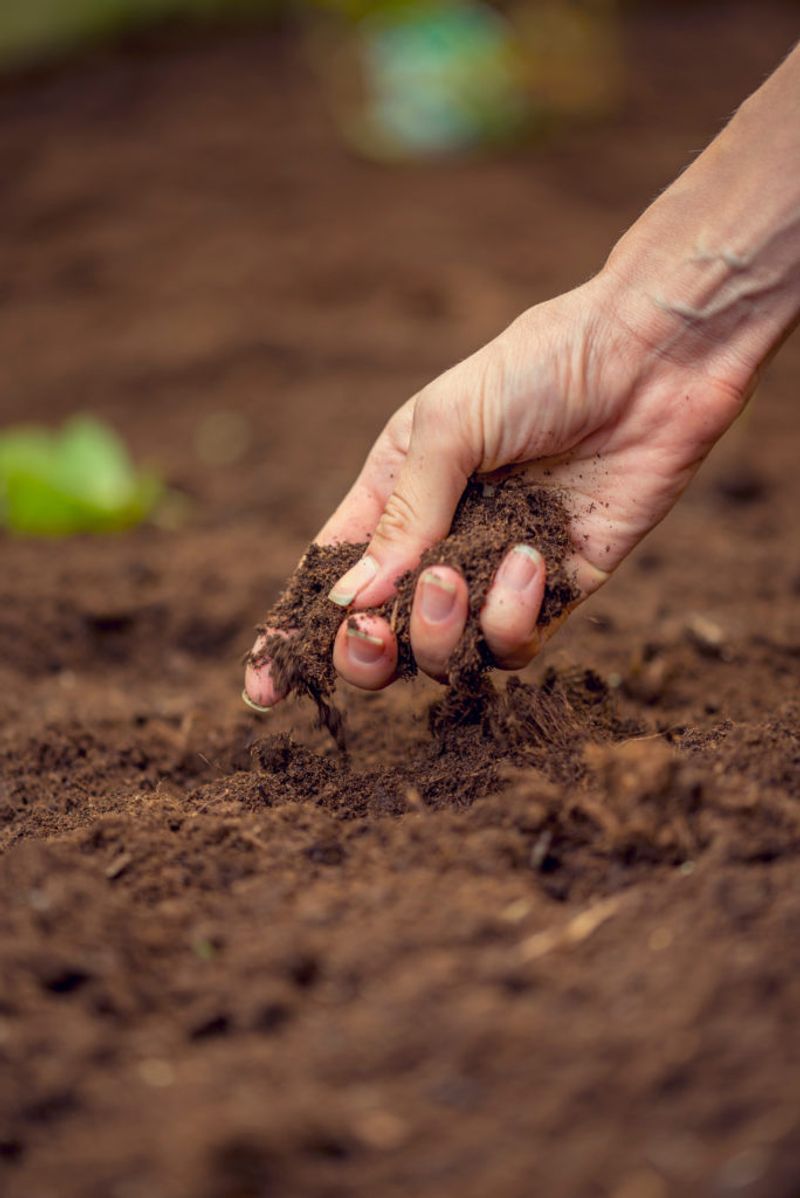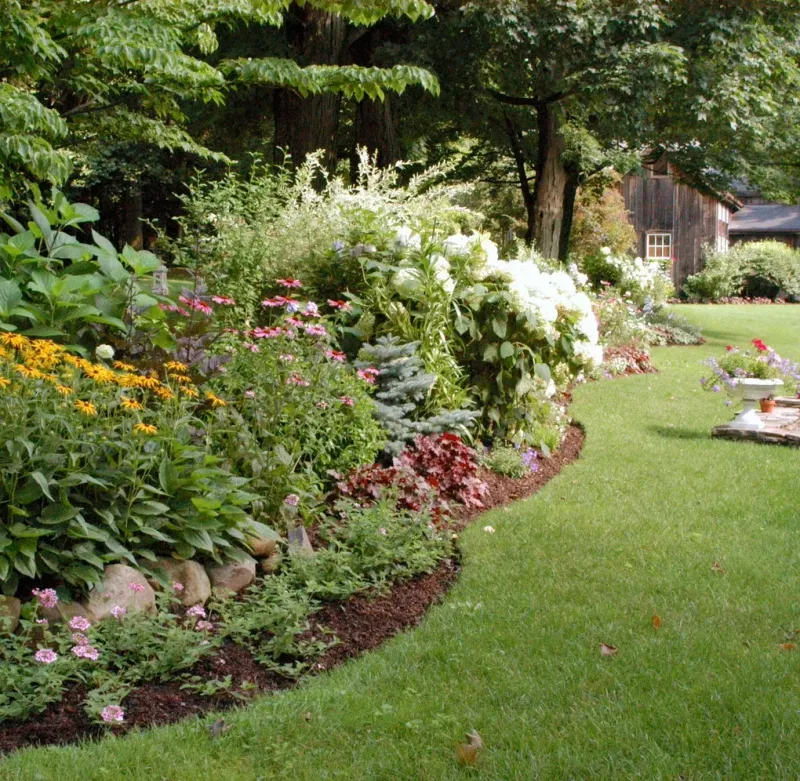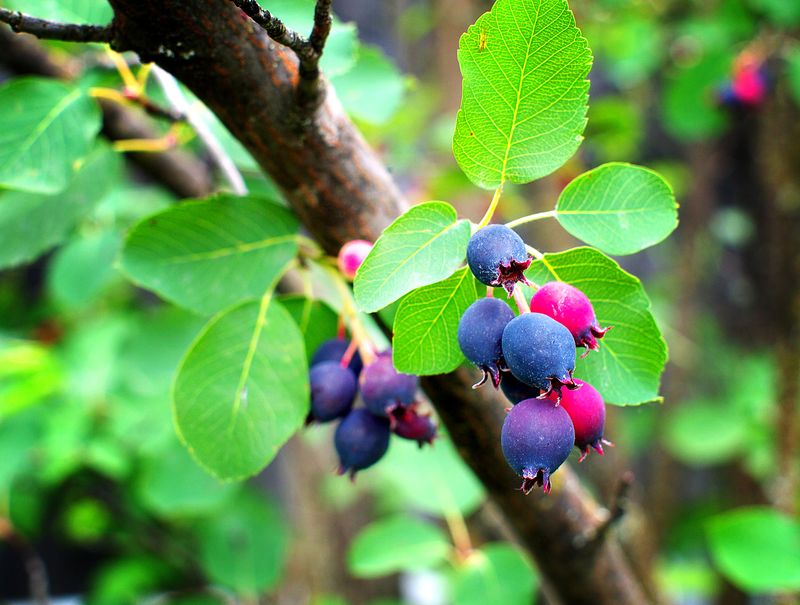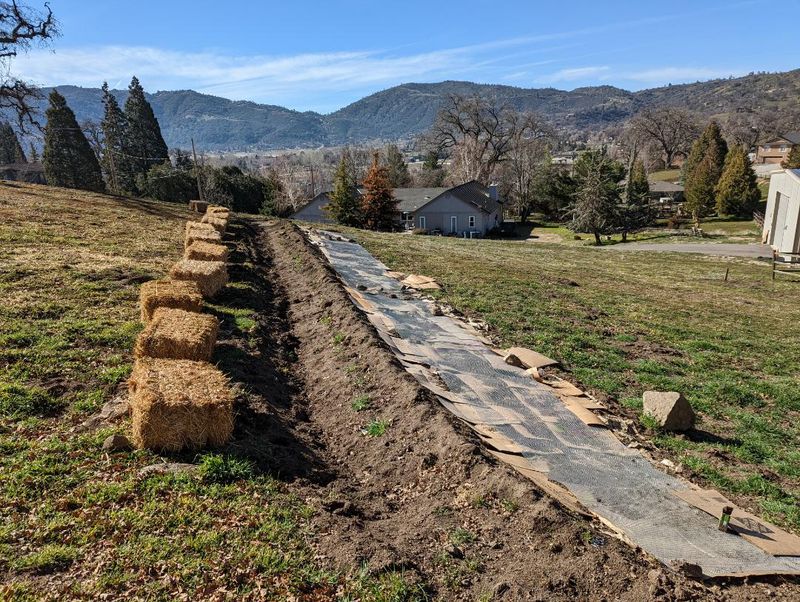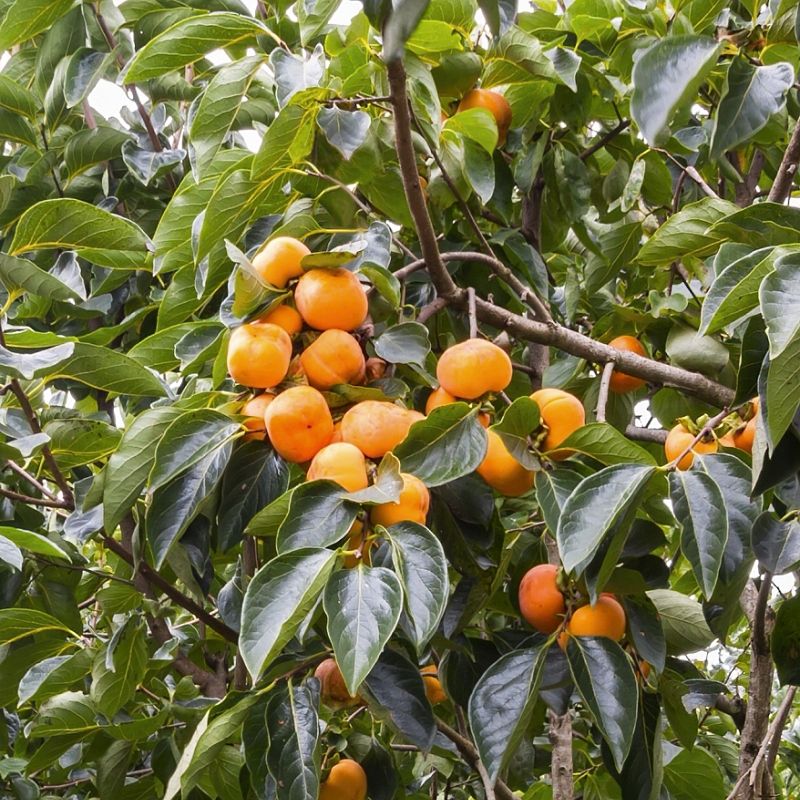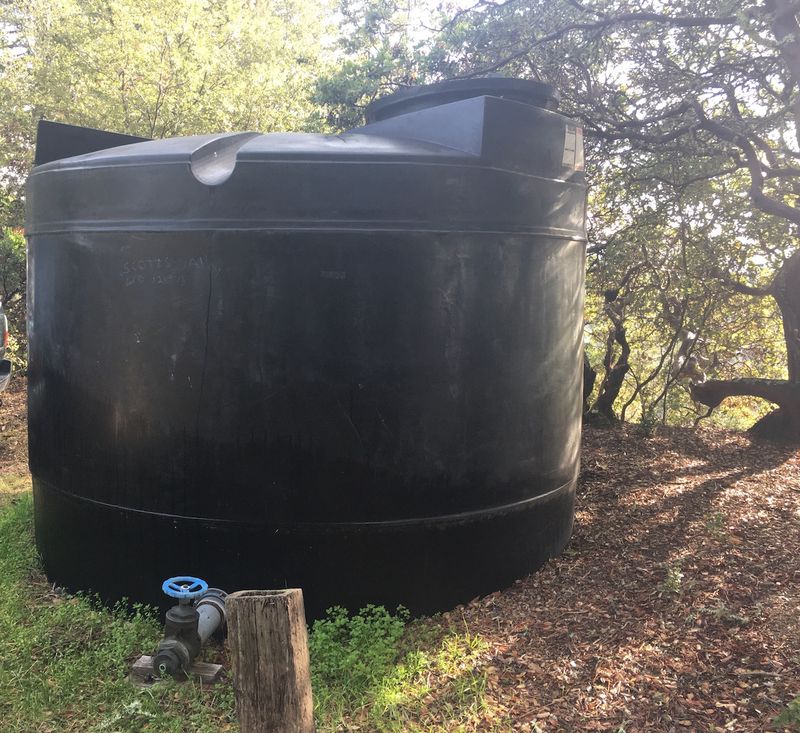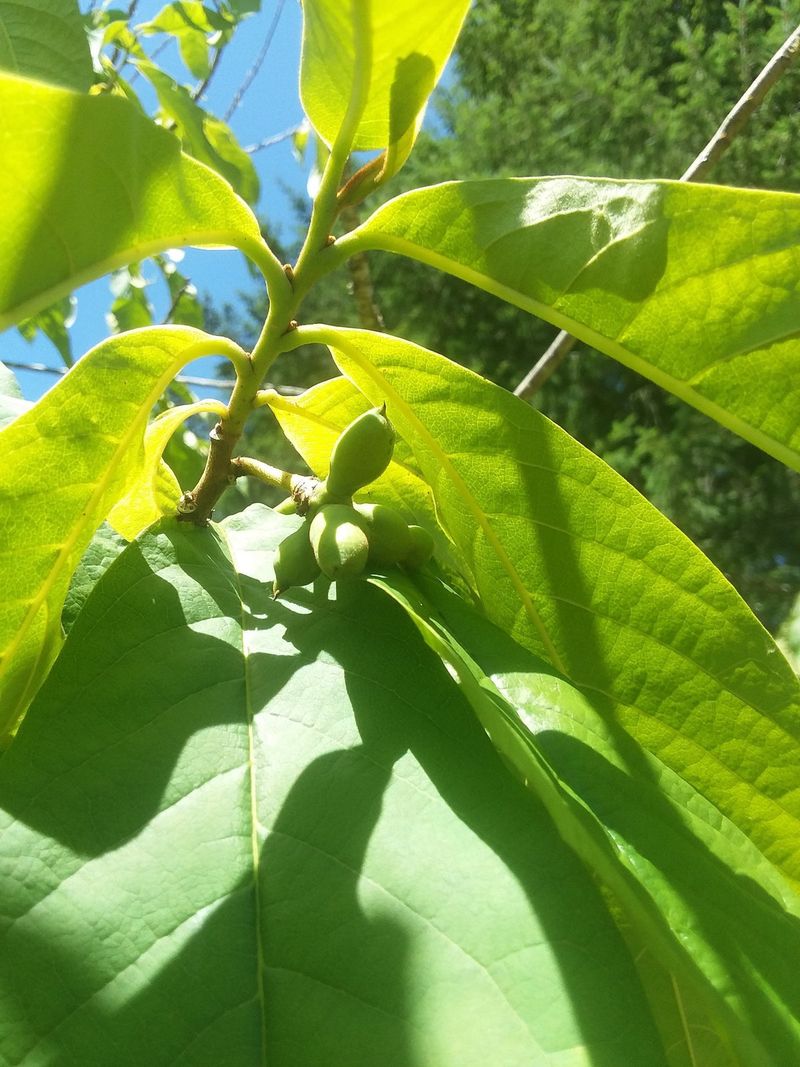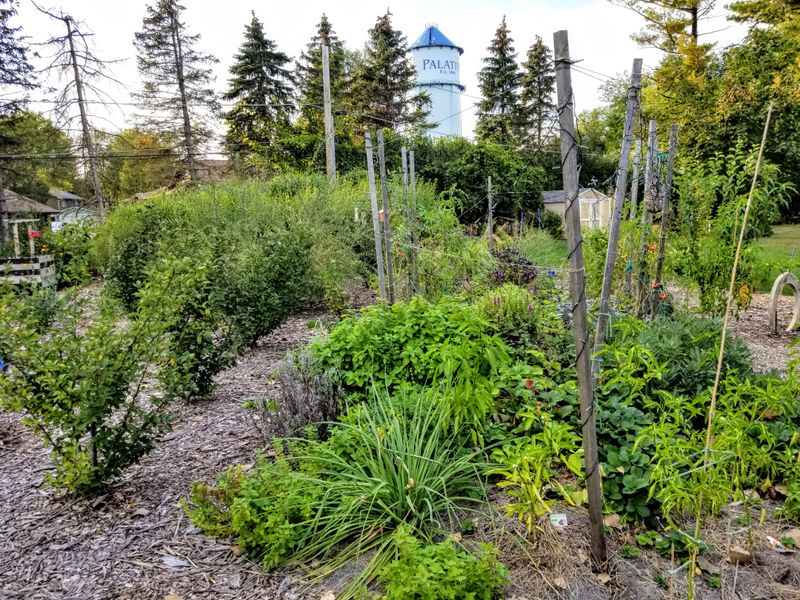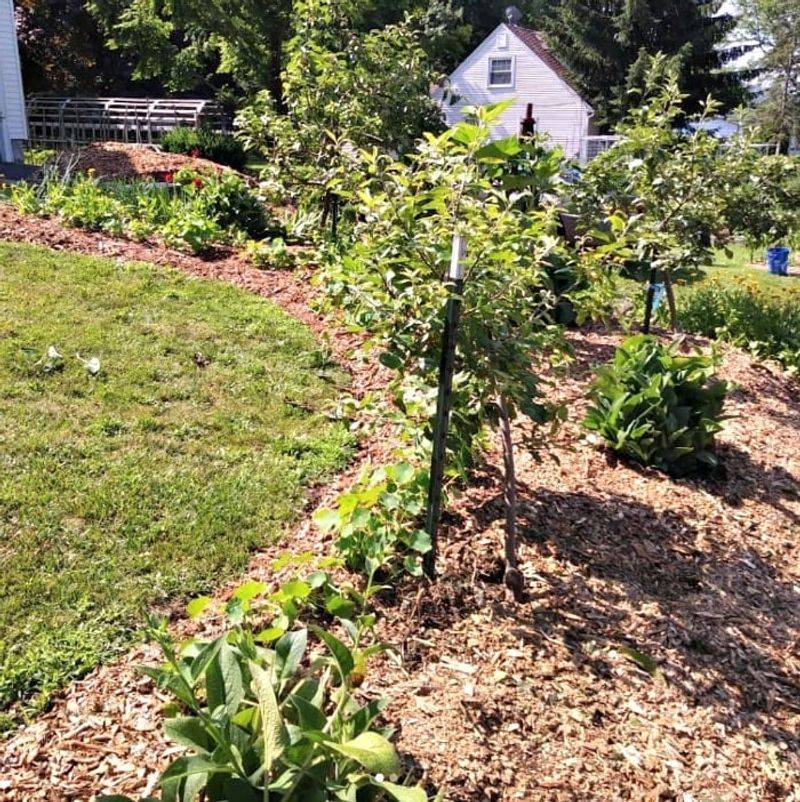Starting a backyard food forest in Tennessee feels like planting your own grocery store just steps from home. With our moderate climate and rich soil, it’s easy to grow a layered garden that produces year-round. Best of all, it thrives with minimal upkeep.
I’ve always found that gardening works best when you let nature lead the way. Tennessee’s natural abundance makes it ideal for creating a food forest that mimics wild ecosystems. You get fruits, nuts, berries, and herbs—without fighting the land.
What excites me most is watching the forest grow more vibrant and productive each season. It’s a living system that gets better with time. Let’s explore how to turn your backyard into a thriving, edible paradise.
1. Map Your Microclimate
Your backyard contains various microclimates – areas with slightly different growing conditions. Spend time observing where the sun shines longest, where water naturally collects, and which areas stay protected from harsh winds.
Tennessee’s varying topography means even small yards can have surprising diversity. Notice temperature differences throughout the day and track seasonal changes. The north side of buildings stays cooler while south-facing slopes warm up faster in spring.
This observation period pays dividends later when placing plants where they’ll naturally thrive without extra care.
2. Analyze Your Soil Composition
Tennessee soil varies dramatically from the sandy loams of West Tennessee to the clay-heavy soils of the eastern regions. Grab a handful of your soil – does it form a tight ball or crumble easily?
Testing reveals crucial information about pH levels and nutrient content. Most county extension offices in Tennessee offer affordable soil testing services that provide detailed recommendations tailored to our region.
Understanding your soil’s starting point helps determine which amendments might be needed before planting your food forest’s foundation species.
3. Design Your Forest Layers
Food forests mimic natural woodlands by growing in seven distinct layers: canopy trees, understory trees, shrubs, herbaceous plants, ground covers, vines, and root crops. Each layer serves a purpose and maximizes your growing space.
Sketch your yard and plan where each layer will go. Consider how tall trees will cast shade that benefits shade-loving understory plants but might limit sun-loving varieties.
Tennessee’s native pawpaw makes an excellent understory tree beneath taller pecans or persimmons, with elderberries forming perfect shrub layers below.
4. Select Climate-Appropriate Species
Most of Tennessee falls within USDA hardiness zones 6b-7a, perfect for apples, pears, persimmons, pawpaws, and many berry varieties. Native plants like serviceberry and elderberry thrive with minimal care because they’ve adapted to our local conditions.
Consider chill hours – many fruit trees need specific cold periods to produce well. Middle Tennessee typically provides 800-1000 chill hours, ideal for many apple varieties but limiting for some tropical-leaning species.
Choose plants that complement each other and create beneficial relationships within your forest system.
5. Build Healthy Soil Foundations
Healthy soil forms the backbone of a successful food forest. Rather than digging everything up, consider sheet mulching to build soil naturally. Layer cardboard over grass, then add compost, leaves, and wood chips.
Tennessee’s abundant fall leaves make perfect mulch material. Ask local tree services about free wood chip deliveries – they’re often happy to dump a load rather than pay disposal fees.
Avoid tilling which disrupts beneficial soil organisms. Instead, let worms and microbes do the work of creating rich, living soil over time.
6. Plant Your Anchor Trees
Anchor trees form the backbone of your food forest, creating the upper canopy that influences everything below. In Tennessee, native persimmons, pecans, and black walnuts make excellent choices that support local wildlife while providing harvests.
Fall planting gives trees a chance to establish roots before summer heat arrives. Dig holes twice as wide as the root ball but no deeper, and avoid amending the hole with compost which can create a “pot effect.”
Space trees according to their mature size – a common beginner mistake is planting everything too close together.
7. Integrate Water Management
Tennessee’s rainfall patterns can swing between spring deluges and summer dry spells. Creating swales – shallow ditches along land contours – helps capture rainwater and direct it where needed, reducing irrigation needs.
Rain barrels connected to downspouts store water for drier periods. Position water-loving plants like elderberries in naturally moist areas, while drought-tolerant species like pawpaws can handle drier spots.
A well-designed water system works with Tennessee’s natural rainfall patterns rather than fighting against them.
8. Establish Understory Diversity
Once anchor trees are in place, add smaller trees and shrubs beneath them. Serviceberry, pawpaw, and American hazelnut thrive in Tennessee’s dappled woodland conditions while producing delicious harvests.
Group plants with similar needs together. Blueberries and elderberries both enjoy acidic soil conditions common in East Tennessee, making them natural companions.
Add nitrogen-fixing plants like goumi berries or autumn olive which improve soil for neighboring plants while producing their own harvests – a win-win for your food forest ecosystem.
9. Create Herb And Vegetable Guilds
Guilds are plant communities designed to support each other. Around fruit trees, plant herbs like comfrey, which mines nutrients from deep in the soil, and aromatic herbs that deter pests while attracting pollinators.
Tennessee’s long growing season supports multiple vegetable rotations. Tuck in seasonal veggies between establishing perennials to maximize early harvests while your forest matures.
Native wildflowers like purple coneflower and black-eyed Susan attract beneficial insects that help control pests naturally while adding beauty to your forest garden.
10. Mulch Generously
Tennessee’s hot summers and occasional droughts make mulch essential for water conservation. Apply 4-6 inches of wood chips, leaving space around tree trunks to prevent rot and rodent damage.
Oak leaves, abundant in many Tennessee yards, make excellent mulch that breaks down to feed soil organisms. Avoid using black walnut leaves near sensitive plants as they contain natural growth inhibitors.
Replenish mulch annually, ideally in fall when materials are plentiful and before winter sets in to protect soil life from temperature extremes.
11. Implement Natural Pest Management
Tennessee’s biodiversity can help keep your food forest in balance. Attract insect-eating birds with water features and native berry bushes. Toads and lizards become valuable allies when given rock piles and brush for habitat.
Companion planting deters many pests naturally. Strong-scented herbs like rosemary and thyme confuse insects seeking specific host plants. Dill and fennel attract beneficial wasps that prey on caterpillars.
Accept some damage as part of a healthy ecosystem – a few nibbled leaves often don’t affect harvest yields significantly.
12. Establish Maintenance Routines
Food forests require less work than traditional gardens, but thoughtful maintenance keeps them productive. Schedule seasonal check-ins to prune damaged branches, thin overcrowded areas, and observe plant interactions.
Tennessee’s extended growing season means maintenance spreads throughout the year. Winter is ideal for major pruning while plants are dormant. Spring calls for mulch refreshing, while fall means collecting seeds and preparing for winter.
Keep a garden journal to track what works in your specific Tennessee microclimate – this personal knowledge becomes invaluable over time.

